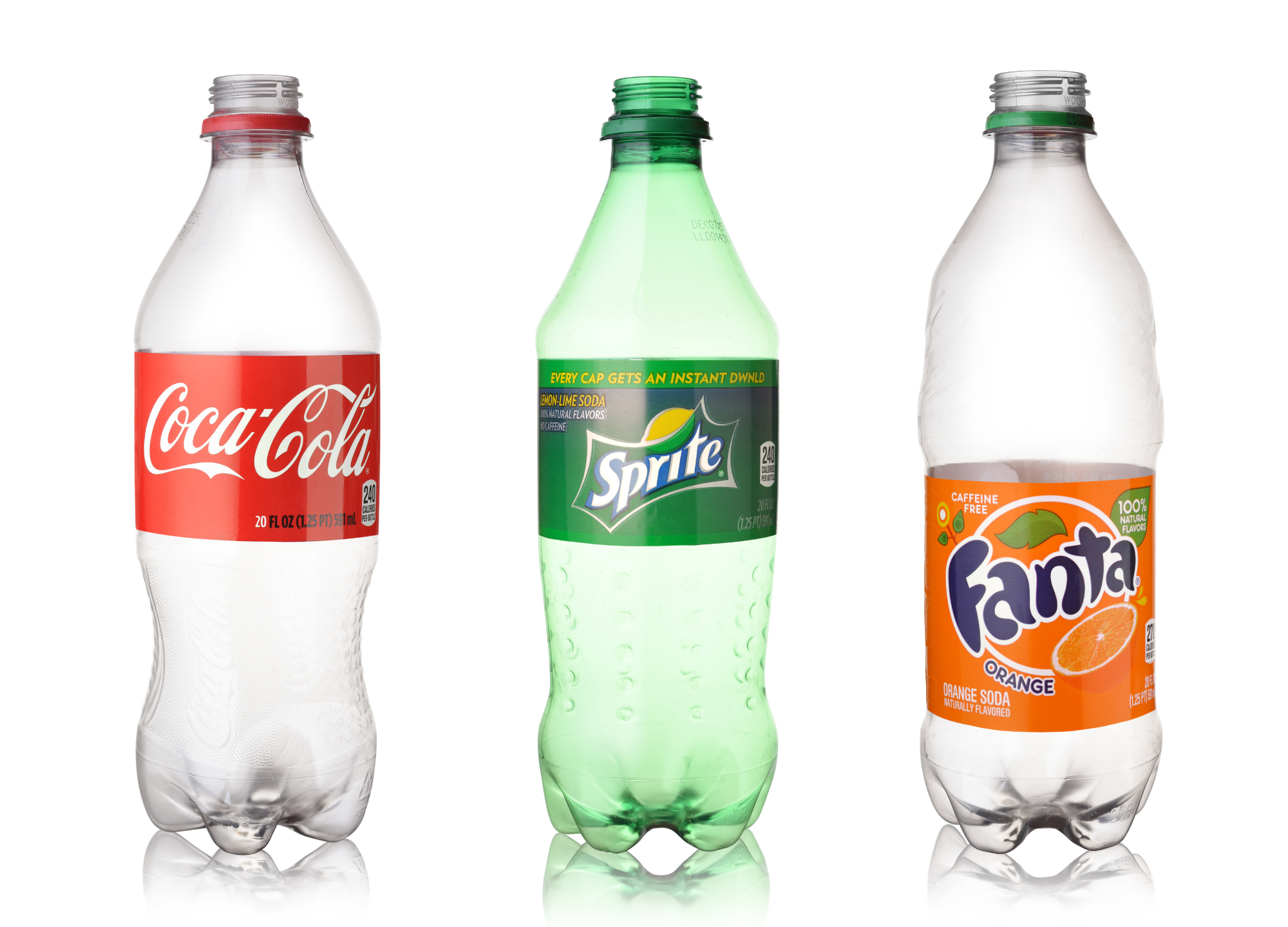By Susan Messer
Since you’re reading this, you have almost certainly seen more images than you can stomach of the plastic waste that plagues our planet. Still, you might not yet have seen the campaign sponsored by the Story of Stuff Project, titled “How Coke Killed the Refillable Bottle.” (see above)
The story of this stuff begins in the once-upon-a-time land of the late 1800s, when Coca-Cola was an environmentalist’s dream—served in stylish, refillable glass bottles that were washed and reused dozens of times. Today, however, according to the Story of Stuff website, Coke has become the world's biggest plastic producer and polluter, “pumping out a quarter of a million plastic bottles every minute . . . almost one-quarter (23%) of the world’s PET plastic bottles.”
How they (and sadly, we) got from once-upon-a-time to now is illustrated in a timeline on the Story of Stuff website, and also explained in a really good video (see above), narrated by environmental historian Bart Elmore from Ohio State University.
1st August/Shutterstock
Elmore takes viewers from the Coca-Cola origin story, through many key stops, including the decision to move from returnable bottles to throw-aways, the resulting and inevitable litter problem, and the “Don’t be a litterbug” campaign of the 50s and 60s (remember that?), which Elmore frames as a beverage-industry strategy to shift the blame for this growing mess from themselves onto consumers.
Along the way, in the 1970s, the timeline mentions a U.S. federal bill proposing that single-use bottles and cans be banned—legislation that the beverage industry defeated. And Elmore mentions, too, the emergence of the recycling movement, embraced enthusiastically by so many of us at first, but yet another effort of the industry to shift the cost and burden of their waste to others.
In April of 1970, J. Paul Austin, then-CEO of Coca-Cola, gave a speech to the Georgia Bankers Association, titled "Environmental Renewal or Oblivion? Quo Vadis?" And a week after his speech, on Earth Day 1970, U.S. Sen. Edmond Muskie entered Autin’s speech into the Congressional Record. I don’t expect anyone to read the full text of Austin’s 1970 remarks, but I did. And there it was—an expression of his grave concern for the environment, even back then, and for the well-being of his sons, who would reach his age in the first decade of the twenty-first century. A quote: “While we don't now see interplanetary migration as a serious possibility for future generations, I can't help wondering if migration might someday become the only acceptable alternative. No matter for how few . . . some may well prefer the uncertainties of space to the predictable death right here.”
Chones/Shutterstock
He attributed this grim prospect to the damage being done by humans, and especially major corporations and policymakers. Damage to the air, the water, and to both, because of the extensive use of pesticides. But he also implicated consumers, who “demand more and more convenience,” which in turn forced the industry’s move to nonreturnable packaging and created the accompanying problem of litter. And so the soft drink industry felt compelled “to inform the consumer and, hopefully to motivate him to do his part in helping reduce the volume of litter.” As a glimmer of hope, he offers this: “We've been working for some time now with a leading chemical company in experiments with a plastic bottle. This innovative package has only now gone into some limited consumer testing. But it may be that–within a few years–we'll be able to offer consumers a soft drink container that can be incinerated without giving off any noxious gas, fumes or smoke in the process.”
And . . . here we are, minus the development of incineration without noxious gas, etc.
Which brings us back to the Story of Stuff Project. Please follow this link so you can sign their petition and urge Coke to prioritize reuse and refill instead of single-use plastic. All these decades later, the industry’s efforts have clearly failed to motivate the consumer (you and me) to help reduce the volume of litter, so maybe we consumers can lead them to a more effective strategy—that is, urging them to cut it off at the source, before it’s even created.


